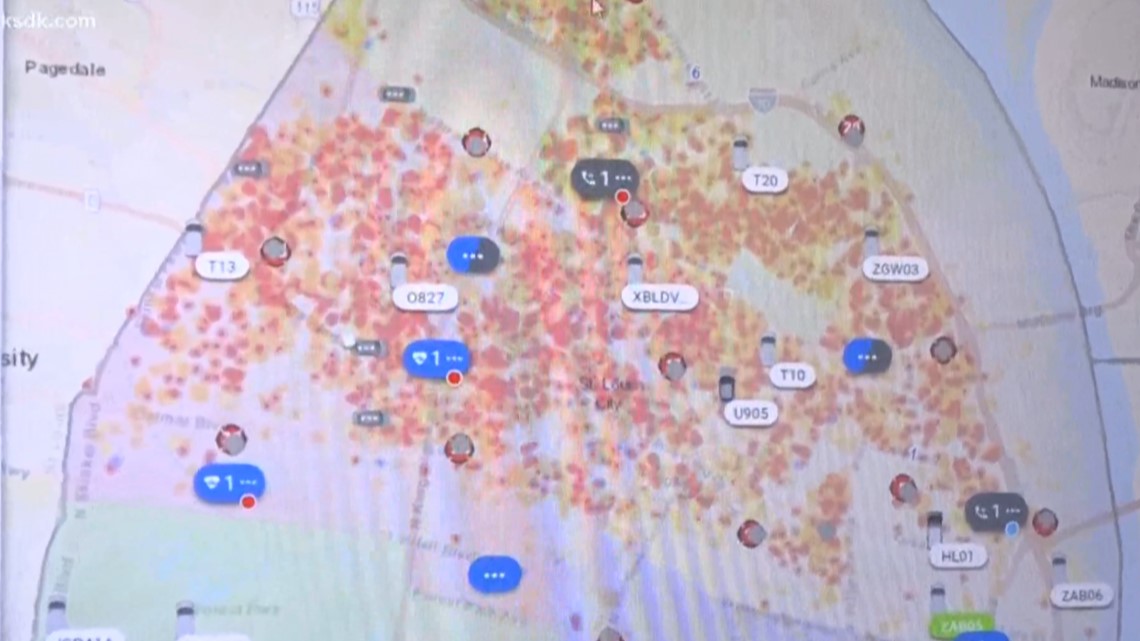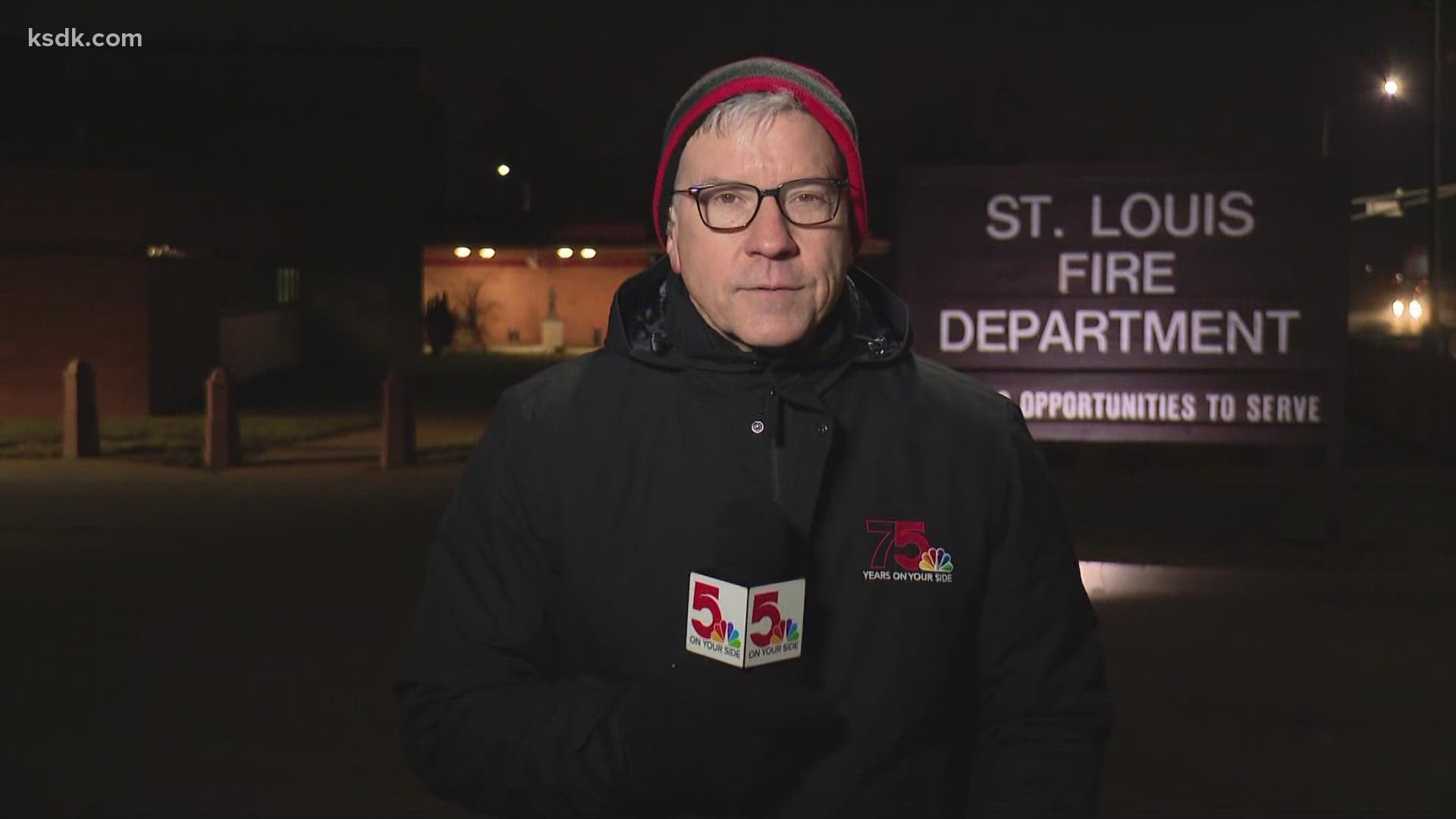ST. LOUIS — The St. Louis Fire Department is creating a software database that will track the condition of vacant buildings. Thousands of vacant buildings lie in the city, and they often pose a threat to firefighters.
But assembling the information for a database is a process.
While the program has been in the works for years, recent events pushed it to the forefront after vacant building fire claimed the life of St. Louis firefighter Benjamin Polson, 33.
On Jan. 13, Polson was killed when the roof of a vacant building collapsed on him. Another firefighter was injured.
Fire officials would like to arm their first responders with information while they’re still in the safety of the firetruck. The vacant building database will have information first responders can use when they’re deciding whether fighting a fire in a vacant building – when no one’s life is at stake – is worth the risk.
Deputy Chief Derrick Phillips gave 5 On Your Side a preview of what the program will look like. The computer monitor in his office showed a map of north city, covered by colorful dots.


Phillips is involved in creating the database detailing vacant buildings in the city of St. Louis.
“The red and the orange dots you see clustered are all vacant buildings and vacant parcels of land in the City of St. Louis," he said.
There are thousands of them.
“Southeast city has a large concentration and for the most part north city has a really large concentration,” Phillips said.
In the new database, each vacant building will be assigned a safety rating, he said.
“High, moderate and low,” he said. “So, the high, moderate, low rating evaluates the probability that a building is going to collapse under fire conditions.”
Phillips showed 5 On Your Side more of the database.
“This is the sub-menu that comes up on a parcel that shows this as a vacant property,” he said. “It’ll give me a lot more information when we actually go out and do the inspection.”
Chief Dennis Jenkerson described the information that will be collected to aid responding firefighters.
“Are all the walls standing?” said Jenkerson. “Is there a missing wall? Is the roof in place? Are the floors missing in a multi-story building? Are the walls bulging out? Are the chimneys leaning? There are several indicators that are going to cause us pause, if you will.”
“We’re looking at the building from a firefighter’s perspective,” the chief added. “What causes us issues from inside a building?”
5 On Your Side plans to go along with firefighters when they go out into the field to collect relevant information in some of these buildings. Fire officials said they hope to launch the program in April.

